An auxiliary battery in a Jeep adds extra power for off-road adventures. It helps run accessories like lights, winches, and fridges without draining the main battery.
Connect an auxiliary battery in your Jeep to a compatible charger or use a dual battery system. Ensure the charger is set to the correct voltage for the aux battery. Regularly check the battery’s charge level for optimal performance.
This guide will explain why and how to charge it and offer tips to keep your battery in top condition.
What is an Auxiliary Battery?
1. Definition and Function
An auxiliary battery provides additional energy to your Jeep’s accessories. Unlike the main battery that starts the engine, the auxiliary battery powers things like off-road lights and camping gear, ensuring the main battery stays charged for starting the Jeep.
2. Difference Between Main Battery and Auxiliary Battery
The main battery starts the Jeep’s engine, while the auxiliary battery powers extra devices like lights, fridges, and other equipment. The main battery is essential for starting, and the auxiliary battery helps manage energy use without draining the main one.
3. Importance of the Auxiliary Battery in a Jeep
The auxiliary battery is essential because it powers accessories like lights and winches without using the main battery. This way, the main battery is always ready to start the Jeep, even after using high-power devices off-road.
Why Charge an Auxiliary Battery?
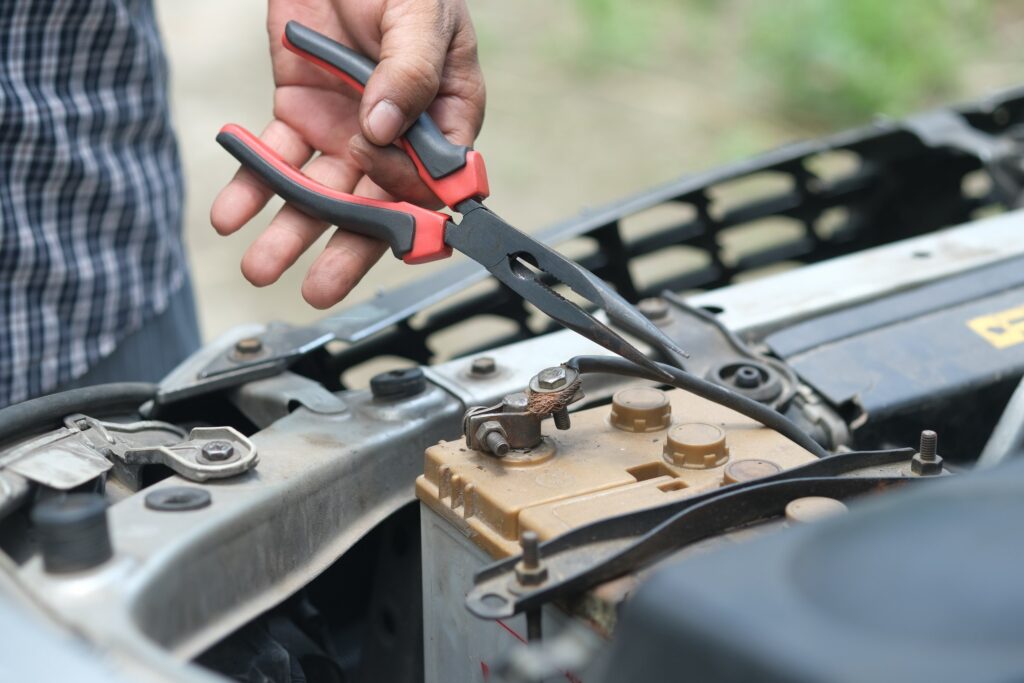
1. Purpose of Charging the Auxiliary Battery
The purpose of charging your auxiliary battery is to ensure it has enough power to run off-road equipment and accessories. By charging it, you avoid draining the main battery, which is needed to start your Jeep and keep it running.
2. Powering Accessories and Off-Road Equipment
Charging the auxiliary battery ensures it can power accessories like lights, fridges, or winches without draining the main battery. This is especially important during off-road adventures when you need power for extra devices but still want the Jeep to start.
3. Protecting the Main Battery
Charging the auxiliary battery helps protect the central battery by taking a load of extra devices. Using the auxiliary battery for lights and winches, the main battery stays strong and ready to start the Jeep, preventing it from draining prematurely.
4. Enhancing Off-Road Adventures
Charging the auxiliary battery enhances off-road adventures by ensuring you have power for essential equipment like winches, lights, and fridges. It lets you enjoy your trip without worrying about draining the main battery or being stranded in the wilderness.
Also Read: Jeep XJ Alternator Upgrade – A Complete Guide For You 2024!
How to Charge an Auxiliary Battery in a Jeep
1. Basic Charging Overview
Charging the auxiliary battery involves connecting it to a charger or using a dual battery system. The process ensures your auxiliary battery is fully charged, giving you reliable power for accessories while keeping the main battery ready to start the Jeep.
2. Required Tools and Equipment
You’ll need a compatible charger, battery isolator (for dual systems), and possibly jumper cables to charge your auxiliary battery. Ensure you have the correct charger for your battery type and a voltmeter to check the charge levels and prevent overcharging.
Step-by-Step Guide to Charging the Auxiliary Battery
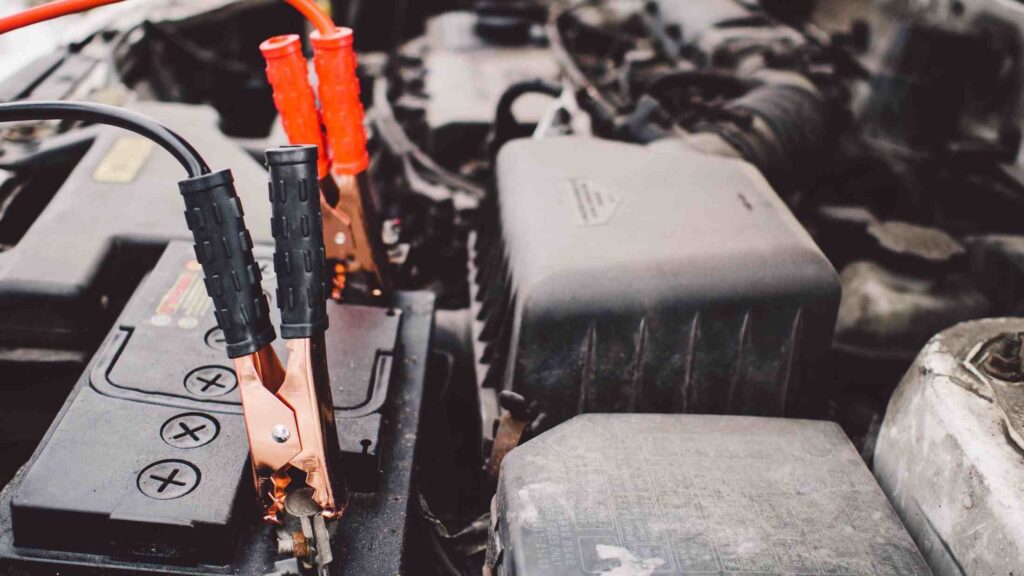
1. Step 1: Identify the Location of the Auxiliary Battery
To charge the auxiliary battery, first locate it in your Jeep. It’s usually near the engine or in a separate compartment. Check your Jeep’s manual if you need clarification. Knowing its location will help you access it easily for charging.
2. Step 2: Select the Right Charging Method
You can charge the auxiliary battery using a dual battery system while driving or with a separate smart charger. Choose the method that fits your setup. A dual system charges automatically, while a smart charger gives you more control over the process.
3. Step 3: Connect the Charger
Connect the charger’s positive and negative leads to the battery’s terminals to start charging. Make sure the connections are secure. If using a dual system, the isolator will handle the connections for you automatically while the engine runs.
4. Step 4: Set the Charger to the Correct Settings
Before charging, ensure the charger is set to the correct voltage and amperage for your auxiliary battery. Most auxiliary batteries are 12V, but check the battery’s label to confirm. Using the wrong settings could damage the battery.
5. Step 5: Monitor the Charging Process
Keep an eye on the process once the charger is connected and set. Most smart chargers will stop when the battery is full. Using a dual system ensures the engine runs and the charge progresses appropriately.
Also Read: How To Clean Jeep Seats – A Complete Guide In 2024!
Tips for Proper Charging
1. Avoid Overcharging
Overcharging can damage your auxiliary battery, so stop when it’s fully charged. Some chargers have automatic shut-off, but if yours doesn’t, monitor the charge closely. Overcharging can cause the battery to overheat and lose its ability to hold a charge.
2. Ensure Correct Voltage
Ensure the charger is set to the correct voltage for your auxiliary battery. Most are 12V but always double-check to avoid using a charger with the wrong voltage, which can damage the battery or prevent it from charging correctly.
3. Check for Maintenance Needs
Regularly check your auxiliary battery for signs of wear, corrosion, or fluid levels. Please keep it clean and ensure the connections are tight. Proper maintenance, like cleaning the terminals, can help extend the battery’s life and improve its charging performance.
Common Mistakes to Avoid
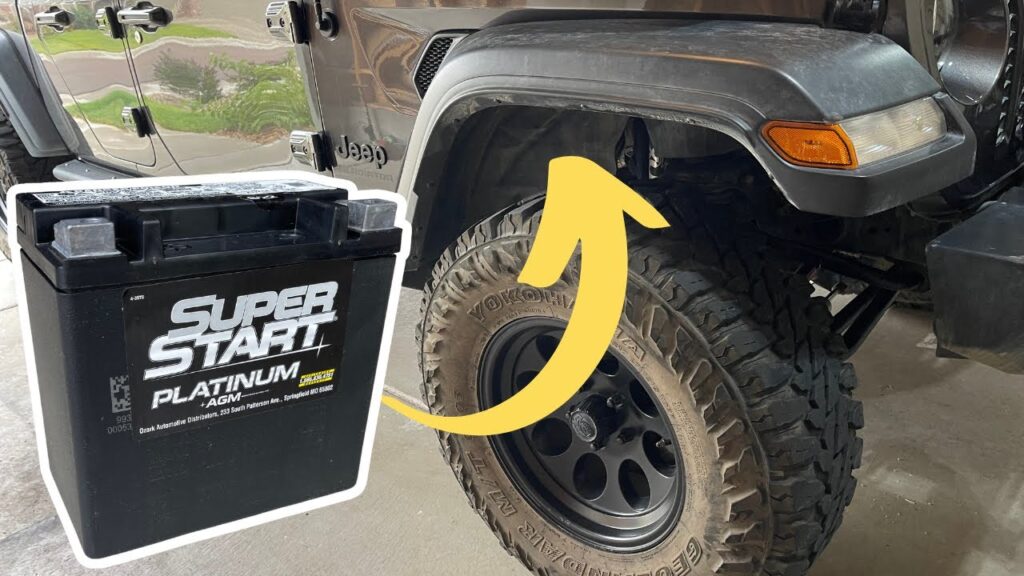
1. Using the Wrong Charger
Using the wrong charger can damage your auxiliary battery. Always use a charger that matches your battery’s voltage and type. Check your battery’s manual or label to find the correct charger, ensuring it charges safely and effectively without causing harm.
2. Charging with Incorrect Settings
Charging with the wrong settings can hurt your battery. Ensure the charger’s voltage and amperage match the battery’s specifications. Setting it wrong can lead to overcharging, undercharging, or damaging the battery. Always double-check the settings before starting the charge.
3. Not Checking for Battery Health
Neglecting to check your auxiliary battery’s health can lead to issues. Regularly inspect the battery for wear, corrosion, or leaks. If it’s showing signs of damage, replacing it early will prevent it from failing when you need it most.
How Long Does it Take to Charge an Auxiliary Battery?
1. Average Charging Time
It takes about 6 to 8 hours to charge an auxiliary battery using a smart charger entirely. If you’re using a dual system while driving, it can charge while the engine runs, but full charge time can vary based on use.
2. Factors Affecting Charging Time
Several factors affect how long it takes to charge an auxiliary battery. These include the battery’s size, the charger’s power output, and whether the battery is deeply discharged. The more drained the battery, the longer it will take to charge fully.
Maintaining the Auxiliary Battery for Longevity
1. Regular Charging and Maintenance Tips
Charge your auxiliary battery often, primarily if you use it for high-demand equipment. Regularly inspect for corrosion, dirt, and loose connections. Cleaning the battery terminals and ensuring proper voltage settings during charging will keep the battery in good condition longer.
2. Signs of Battery Wear
If your auxiliary battery is losing charge quickly, showing leaks, or has corrosion around the terminals, it may be worn out. A battery that won’t hold a charge or shows physical damage may need replacing to prevent failure during use.
Must Read: Can A Jeep Grand Cherokee Be Flat Towed – A Complete Guide!
Troubleshooting Charging Issues
1. Troubleshooting Tips for Common Problems
For common charging problems, first check the charger and battery connections. If there’s corrosion, clean the terminals. Ensure your charger is working correctly and that you’re using the correct settings for your battery. If problems persist, consult a professional.
When to Replace Your Auxiliary Battery
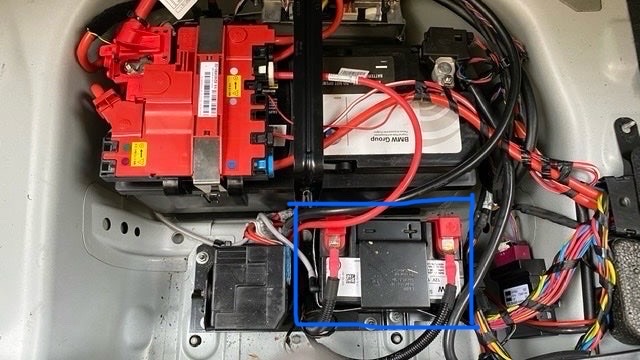
1. Signs Your Battery Needs to be Replaced
If it holds minor or no charge, your auxiliary battery needs replacing, shows physical damage like cracks, or has corrosion around the terminals. Also, if your Jeep struggles to power accessories, it clearly shows the battery isn’t working correctly.
Advantages of Using an Auxiliary Battery in a Jeep
1. Powering Multiple Devices
With an auxiliary battery, you can power several devices simultaneously, like lights, winches, or fridges, without affecting the Jeep’s main battery. This is especially useful for extended trips or off-roading, where you need extra power for accessories without draining the starter battery.
2. Off-Roading Benefits
An auxiliary battery is necessary for off-roading because it powers accessories like lights and winches without draining the main battery. It ensures you have enough power to tackle challenging trails and keep your Jeep running smoothly, even when using high-demand equipment.
FAQs
1. Can an auxiliary battery be recharged?
An auxiliary battery can be recharged using a charger or a dual battery system while driving.
2. What happens if an aux battery dies?
If the auxiliary battery dies, your off-road accessories may stop working, but the Jeep will still start with the main battery.
3. How do I charge my Jeep battery?
You can change your Jeep battery using a charger or driving, which recharges the battery through the alternator.
4. How do you charge a secondary battery?
Connect a secondary battery to a charger or use a dual battery system in your Jeep.
5. How to tell if your auxiliary battery is bad?
It may be harmful if your auxiliary battery won’t hold a charge, shows corrosion, or isn’t powering accessories.
6. Will a dead auxiliary battery cause car not to start?
No, a dead auxiliary battery won’t stop your Jeep from starting, as the main battery powers the engine.
7. Can I drive my car with a failed auxiliary battery?
Yes, you can still drive your car with a failed auxiliary battery, but your accessories may not work.
8. Can the alternator drain the auxiliary battery?
The alternator charges the auxiliary battery, but if there’s a problem, it can drain it, especially with faulty connections.
9. Can you jump start off auxiliary battery?
Yes, you can jump-start a vehicle from an auxiliary battery if it has enough power and the connections are secure.
10. Can secondary batteries be recharged?
Yes, secondary batteries can be recharged using a charger or a dual battery system, depending on your setup.
Conclusion
Charging your Jeep’s auxiliary battery ensures reliable power for off-road accessories without draining the main battery. Regular maintenance and proper charging techniques help extend its lifespan. These steps can enhance your Jeep’s performance during adventures and off-roading trips.

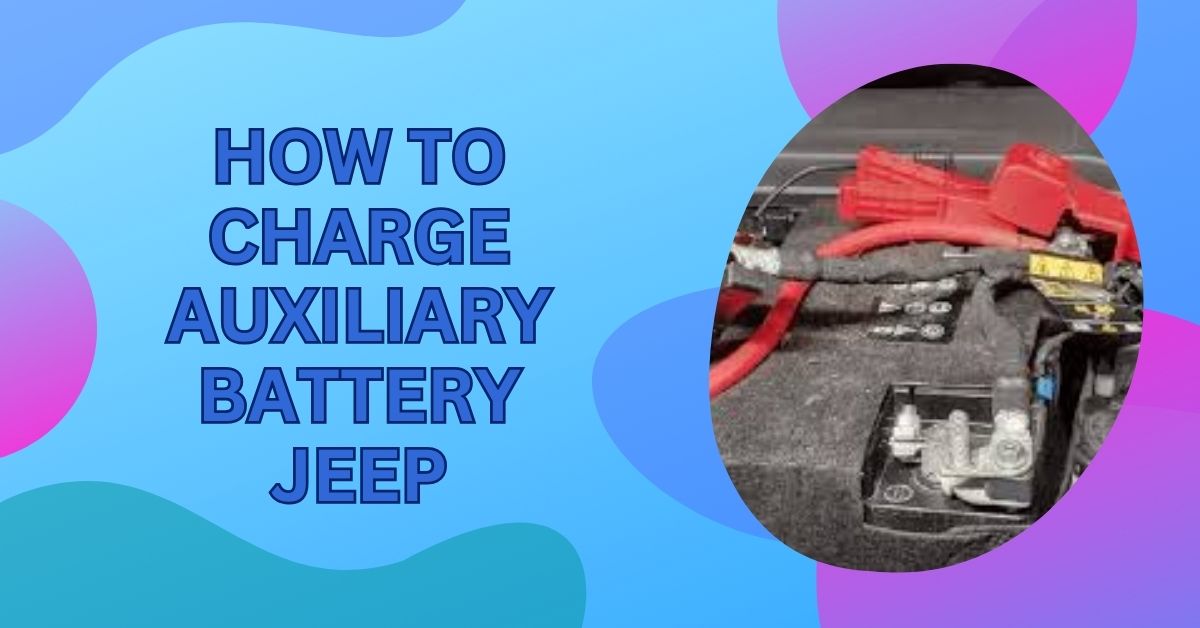




0 Comments